By Marissa Dederer
More than 500 online courses are available through Thompson Rivers University (TRU)’s Open Learning department. Each course is crafted with care, and just like in Oz, there’s a powerful being behind the curtain making it all happen.
Their work, however, isn’t always obvious.
“My work is somewhat hidden. It’s not always obvious in the finished course,” says Melissa Jakubec, one of 10 instructional designers. “You have to dig under the surface to see it.”
The courses they produce are popular. Last academic year, more than 16,000 Open Learning students enrolled in over 35,000 courses. The subject matter is vast. Students can earn an MBA, get a veterinary technology diploma or learn about celestial bodies. The sky’s the limit.
Students go at their own pace
Flexibility is the name of the game in Open Learning. While there are a handful of courses and programs that are cohort based, the majority are self-paced.
“We’re creating a course so that if the student sits down at 11 o’clock on a Saturday night because that’s the time they have available to finish something, they can do it without having to wait for resources or answers,” says Jakubec. “We try to anticipate their needs.”
TRU’s instructional designers work with subject matter experts to develop course material. They also work with members of the larger Open Learning team, including editors, copyright specialists, multi-media developers, e-learning support technicians and more.
“It’s part project management, part pedagogical guidance,” she says.
Designing with heart
In 2018, Jakubec was recognized with a national award for course design innovation. The course, ENGL 3991: Voices of Protest and Rebellion in Contemporary American Literature, was presented on a WordPress website rather than a traditional learning management system, like Moodle. She worked with subject matter expert, the late Dr. Cameron Reid.
“Cameron had this idea of doing a course where the students could choose their own adventure,” she says. “We ended up creating a course where the beginning sets the stage and then students are able to choose to do the readings and the assignments in any order they want.”
Jakubec continues to look for opportunities to present coursework creatively.
“A lot of the job is seeing the potential in a course,” she says.
“As I work with a developer, I might review some course material and suggest it would work well as an interactive media piece or that students would benefit from the addition of a short video to explain a challenging concept.”
She approaches her work while keeping student care front of mind. Care is one of the Instructional Design team’s shared core values, along with connection, openness and active learning. These are articulated in their learning design framework. That means using materials that are accessible to students, both in cost and content. Jakubec and other instructional designers strive to incorporate and create open educational resources (OER) whenever possible.
German 1111, for example, was developed as an OER. Students work through the lessons on the website and complete their assessments in Moodle.
Student care is also evident in ensuring accessibility: videos are captioned, images have alternate text and colour contrast is carefully considered. Students are given clear expectations to guide their learning.
Educational excellence through innovation
These principles of design have served Jakubec well. She’s designed more than 100 courses for Open Learning and is exploring topics of engagement and care in open entry courses in her studies in the Doctor of Education in Learning Sciences program at the University of Calgary.
Innovation at TRU will continue as a demand for flexible learning opportunities keeps instructional designers busy.

